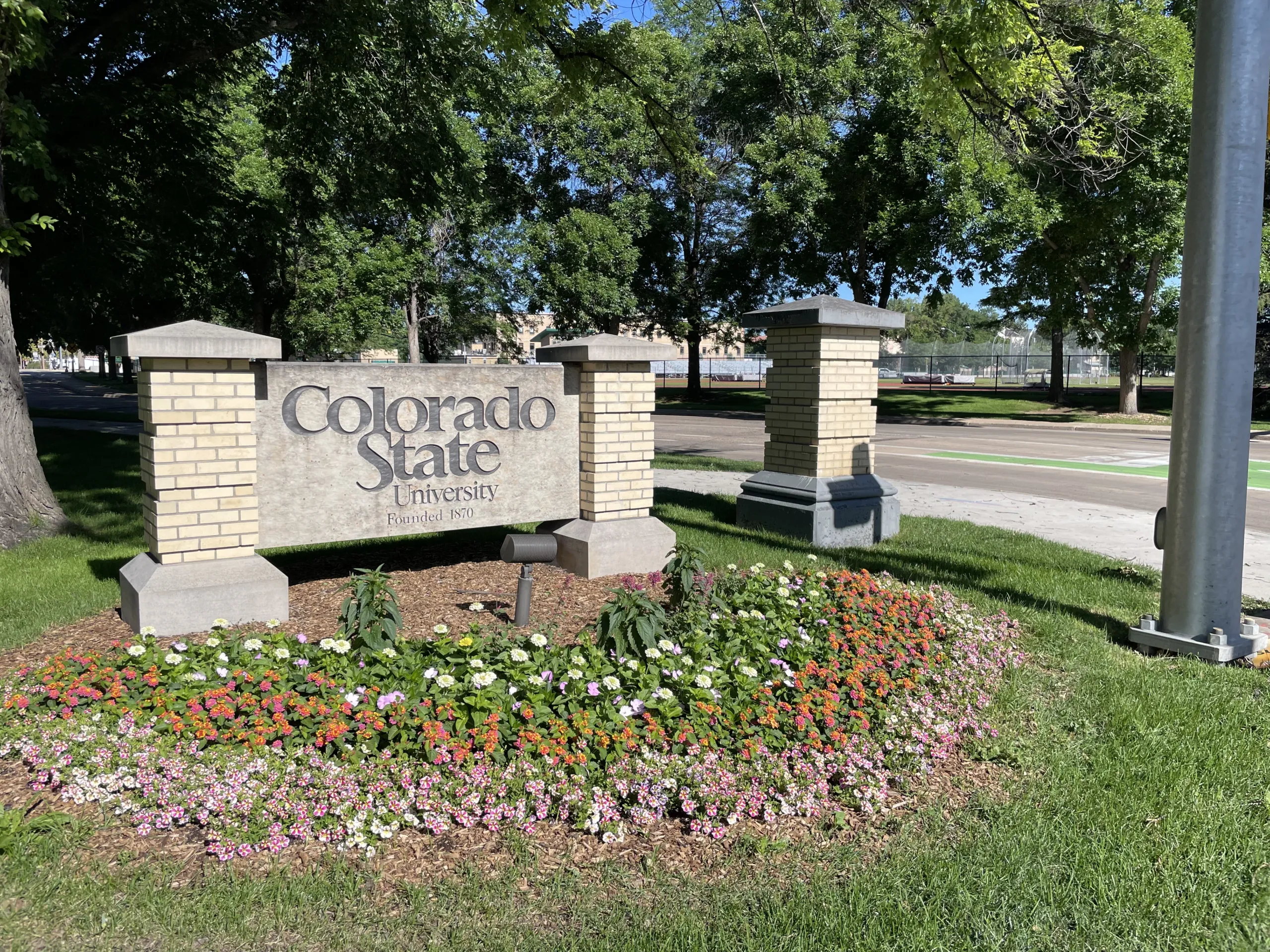CSU earns $326M in grants to find solutions to methane emission
Researchers will target emissions from U.S. oil and gas industry

FORT COLLINS — While the oil and gas industry continues to evolve, thousands of wells drilled several years ago continue to produce at a trickle across the country.
But those wells also emit methane at higher rates, which is a lethal weapon in the era of climate change.
Colorado State University researchers soon will start working on solutions to help those older, or so-called “marginal” wells be less of an environmental hazard.
Dan Zimmerle, director of the Methane Emissions Technology Evaluation Center at CSU, will get to work on finding solutions to emissions from such marginal wells with a $300 million grant from the U.S. Department of Energy and the Environmental Protection Agency. The agencies recently awarded $850 million in grants to solve oil and gas emission problems nationwide as a part of President Biden’s push to reduce emissions as a part of his Investing in America strategy.
CSU in total received $326 million in three grants to fund the emissions project ($300 million), as well as methane inventory project ($20 million) and a research project with a leading manufacturer of energy systems to co-develop solutions for methane emission reduction from natural gas engine-compressor sets ($6 million).
The combined funding is one of the largest federal award packages in the university’s history and will enable high-impact research, CSU vice president for research Cassandra Moseley said in a news release.
“We are proud to lead deployment of innovative solutions to emissions that will support small operators, contribute to workforce development and improve conditions for communities. This work will be accomplished at a massive scale,” Moseley said in the release.
“CSU interdisciplinary research has provided solutions in this space for decades, and I look forward to seeing what these new partnerships — involving industry, the environmental community and local stakeholders — can accomplish in the future.”
Much of the current work on methane reductions has been for larger oil and gas producers using newer technology; the challenge with this grant, Zimmerle said, is to adapt those solutions to marginal wells that are not as well-capitalized or sophisticated.
“A lot of marginal operators are small companies, they have low capitalization, and the wells themselves (produce) less than 15 barrels of oil equivalent per day,” Zimmerle said in an interview. “For those operators, it’s been hard for them to access newer solutions, and a lot of times they don’t have the staff with the expertise. So a big part is to bridge the latest and greatest solutions and capabilities” to the needs of the older production areas, in which a quarter of a million marginal wells are scattered throughout the country.
According to the Department of Energy, the oil and gas sector industry is the largest industrial source of methane emissions in the country. A rapid reduction in methane emissions is one of the most important and cost-effective actions the United States can take in the short term to slow the rate of rapidly rising global temperatures, the DOE reported in a news release.
The industry already has begun using electric fleets, has snuffed out flaring, has been using vapor recovery units, and has increased leak detection and repair to create a cleaner industry.
Zimmerle said a large part of the project, which he will work on for the next four years with the grant, will be on workforce development, such as developing curriculum to train industry employees in these solutions.
“Parties on the project will work on developing course material to get people up to speed on the skillset needed to implement these technologies,” Zimmerle said.
Anna Hodshire will lead a team to develop an emissions inventory across production basins in eastern Colorado, Wyoming and seven other states. Hodshire will lead one of five teams across the country in creating methane emissions inventories.
“We’re running off the you-can’t-fix-what-you-don’t-know idea so we’re going to spend a lot of time working directly with operators and companies that can measure methane from different platforms, on the ground, air or even satellites to figure out the locations of emission,” Hodshire said in an interview. “It’s not enough to know there is an emission. That doesn’t’ tell you how to fix it. We want to understand why it is emitting and if there is a common theme among emitters.
“Between the five centers, we’ll be getting this comprehensive national picture,” Hodshire said.
Professors Daniel Olsen and Bret Windom in the Department of Mechanical Engineering and Timothy Vaughn at the Energy Institute will lead the work with a leading manufacturer of energy systems. Olsen said the goal of the project is to reduce engine methane emissions by up to 90%, according to the release.
“We are uniquely positioned to accomplish that thanks to our extensive experience and a long history of field studies and work with companies producing and using natural gas equipment,” he said in the release.
CSU in total received $326 million in three grants to fund the emissions project ($300 million), as well as methane inventory project ($20 million) and a research project with a leading manufacturer of energy systems to co-develop solutions for methane emission reduction from natural gas engine-compressor sets ($6 million).





